Estimated reading time: 10 minutes
You’ll seldom see an outdoor enthusiast without their trusty knife on them and for good reason, they are one of the most important tools you can own. The history of knives goes far back but the intended uses have stayed the same.
A survival knife is not a single type but rather a category of products. Since no knife is built the same they are broken up into different categories based on their strengths.
The knife market is huge and as a result, can be daunting for newcomers to make an informed decision on which one to buy. Let’s take a look at the different styles of survival knives and what they’re used for.
Want to save this post for later? Click Here to Pin it On Pinterest!
The Main Types of Survival Knives
Here are the 8 main types of survival knives you can find on the market. Each category highlights the best survival knife you should look into for your next purchase.
Tactical Knife
Tactical knives do not belong to a category of their own. Instead, they showcase some tactical-specific features. This has an interesting effect on the market; you could have a tactical knife that was a folding knife, or a tactical knife that you could wear around your neck.
Key features:
- Matte finish on the blade
- Synthetic handle materials made for gripping
- Military-style aesthetics
| Pros | Cons |
|---|---|
| • High durability • Low visibility • Can be multiple styles of knives | • Jack of all trades, masters none • Often a longer blade • Some are bulky |
One of the best examples of a tactical survival knife is the Smith & Wesson SWHRT9B 9in High Carbon S.S. Fixed Blade Knife.
Fixed Blade Knife
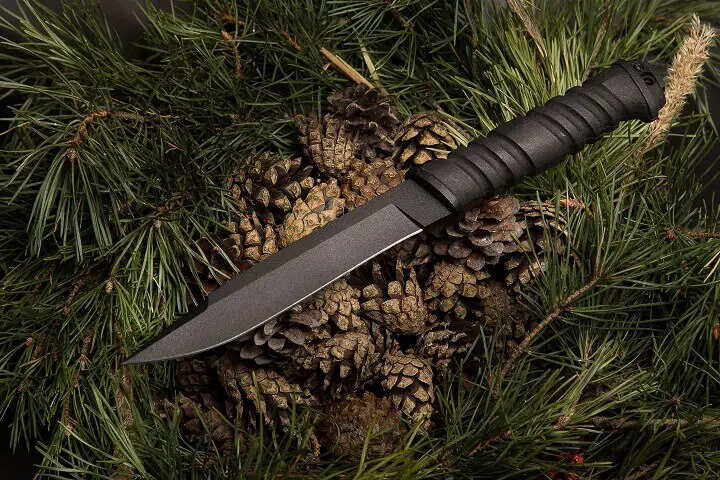
Fixed blade knives tend to be the strongest of the knife types. This is mainly because the blade is one continuous piece of metal. If you get a full-tang survival knife, even better since the structural integrity is at its maximum. The downside to these knives is that they can be large and have to be stored in a pack or on your hip.
| Pros | Cons |
|---|---|
| • Strongest blade • Can be full-tang • Handles most tasks | • Larger than most knives • Needs a sheathe |
Ka Bar is a popular company who manufactures fixed blade knives that US marines use. Check out the KA-BAR #1213 Black Straight Edge Knife.
Boot Knife
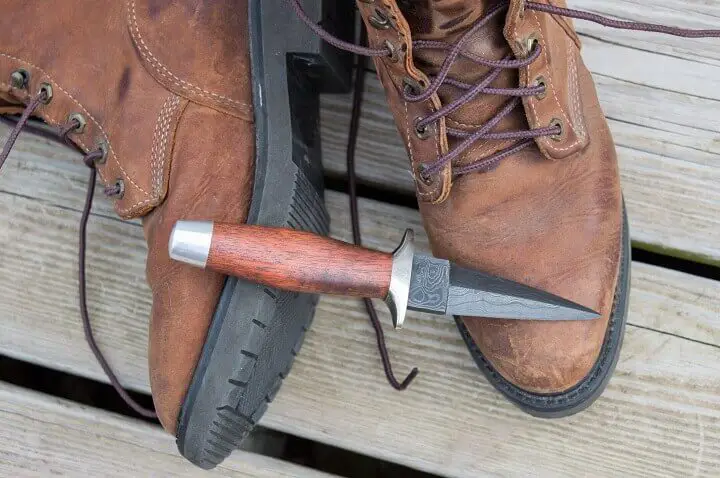
As the name implies, a boot knife is a small survival knife that can be concealed in the side of your boot. Boot knives are usually double-edged and can be used as a throwing weapon. While it may not be the best survival knife, it will make an excellent secondary tool.
| Pros | Cons |
|---|---|
| • High portability • Easily concealed • Can be double edged • Great for common chores | • Not suitable as your main tool • Blade can be short |
Check out the Smith & Wesson FDE 6.25in High Carbon S.S. Boot Knife for an excellent addition to your kit.
Folding Knives
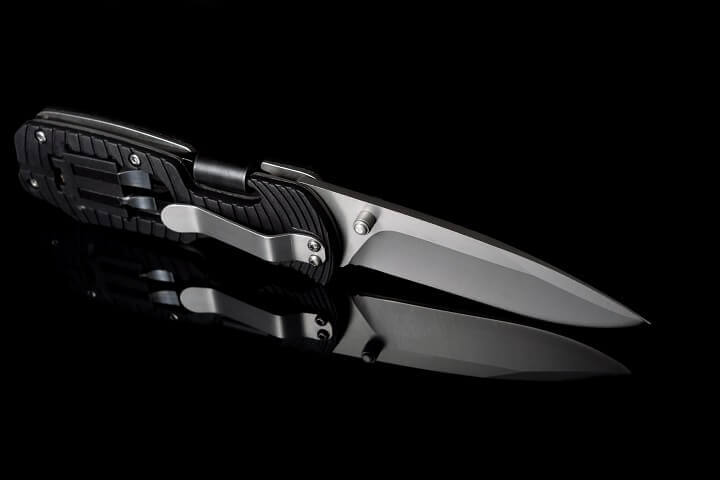
Folding knives are commonly found in pockets all over the world. These small blades can be folded up into the handle and conveniently stored wherever you need it. These kinds of knives are excellent choices for daily chores and light bushcraft work.
| Pros | Cons |
|---|---|
| • Easily carried while being discreet • Great for small chores like opening cans or making wood shavings | • Lacks versatility • Lacks strength • Generally a smaller knife |
For the best folding survival knife, check out the Smith & Wesson Extreme Ops SWA24S 7.1in S.S. Folding Knife.
EMS Knife
These knives are used by the emergency medical services because of their ease of use and convenient size. An EMS knife will have a small metal spike on the bottom that can be used to break glass. A serrated edge makes it easy to cut rope and seat belts.
| Pros | Cons |
|---|---|
| • High durability • Performs multiple functions • Can be clipped or tossed into our pocket | • Small blade limits cutting ability • Not a full-tang |
The Swiss Safe 3-in-1 Tactical Knife is a top-rated EMS knife for both its quick deployment and strong design.
Kukri
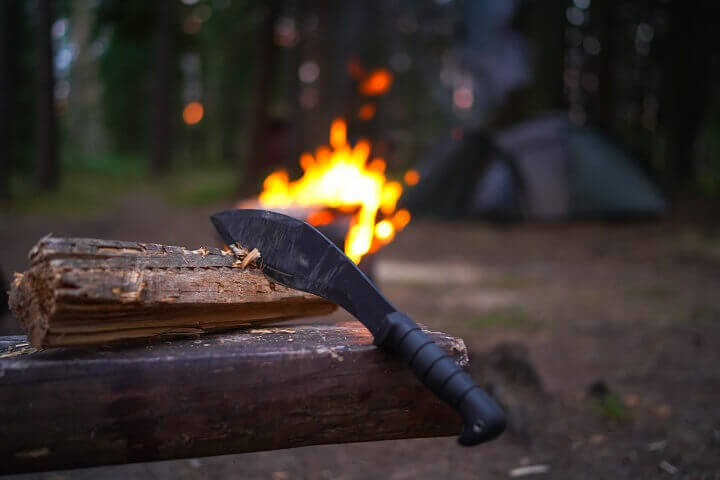
Kukri knives make one of the best survival knives because of the way they function. A kukri can perform the functions of a knife, hatchet, and machete. It is a large knife that requires a sheath to be clipped onto your belt. The blade can sometimes be tricky to sharpen since it has a curved nature to it.
| Pros | Cons |
|---|---|
| • Full tang flat blade • Built to last forever • Can process natural resources and be used as protection | • Can be heavy • Requires a lot of maintenance • Sharpening can be difficult |
If you’re interested in picking a Kukri up, check out the KA-BAR 2-1249-9 Kukri.
Neck Knives
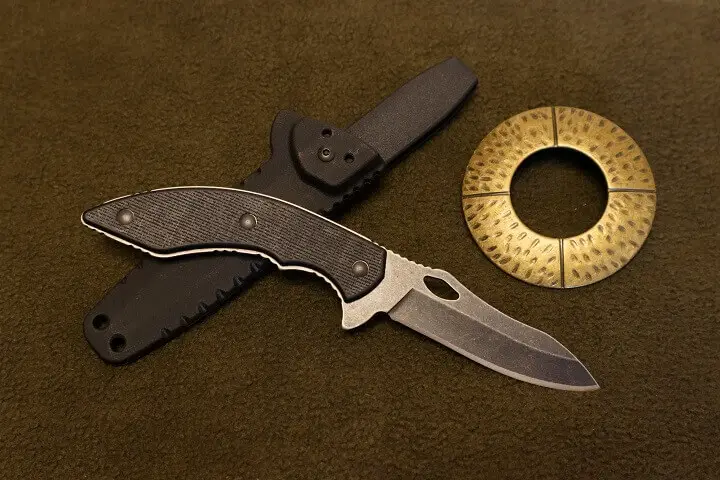
Neck knives are popular because of the size and how easy they are to conceal. The sheathe is attached to some paracord which then goes around your neck. They are handy to have if you’re doing some fishing since your knife is easily accessed without a need to hold the sheathe.
| Pros | Cons |
|---|---|
| • Easy to conceal • Can be full-tang • Small blade is sturdy and sharp | • Handles can be small • Some models require you to hold the sheathe to deploy the blade • Very visible outside of your shirt |
For a knife with one of the best handles you should check out the CRKT Minimalist Bowie Neck Knife.
Bowie Knives
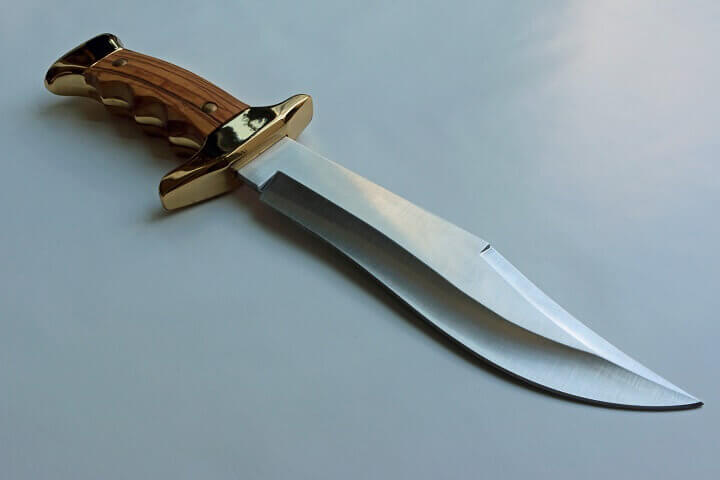
Bowie knives are known for being used in hunting and survival. It is the blade of choice for field dressing and cutting through dense foliage. In reality a Bowie knife can also be considered any large knife that isn’t a machete.
| Pros | Cons |
|---|---|
| • Strong blade meant for chopping and skinning • Generally full-tang • Very durable knives | • Large blade can be heavy • Not suitable for finer knife work |
Looking for a top quality bowie knife? Check out the MOSSY OAK 14-inch Bowie Knife.
Parts of a Survival Knife
There are several parts to a survival knife and the differences impact what the knife excels at.
Some of the tasks that your survival knife can perform include:
- Shaving feather sticks for firestarting
- Opening cans and other food containers
- Field dressing wild animals
- Cleaning fish
- Carving tools out of wood
- Helping construct a shelter
Each part of a survival knife is vital to its performance and it can get pretty tedious the more you dive into the information. Here are some basic guidelines to ensure you pick the right knife for the task.
The Blade
Arguably the most important part of a survival knife, the shape of the blade being the focus. For example, a fixed blade knife will be more durable than a folding knife, yet a folding knife is easier to pack away.
If you’re going to be doing any wood batoning, feather stick shaving, and other laborious work chores then a fixed blade is the better choice. A fixed blade has no moving parts to break if you need to be rough with the knife.
There are three main choices when it comes to what type of blade you can get, these are:
- Single-edged blade
- Double-edged blades
- Serrated blades
Try not to get too fancy of a blade tip as sometimes the functionality takes a hit. A spear point tip is extremely strong and has a belly that makes it ideal for slicing. These types of blades can be both single-edged and double-edged blades.
A drop point tip gives you incredible control as the thickness between the apex and spine are significantly greater than other blade types. These are the most common blades you’ll see on the best survival knives.
Tang
A good survival knife will have a full-tang. This means that you can see pieces of the knife metal throughout the handle. Since the blade is all one piece it is the strongest it could ever be. A full-tang increases the stability of the knife so that you can perform harder tasks like batoning hardwood.
In the occurrence of your handle breaking a full-tang blade can be salvaged and re-wrapped. A partial-tang can become dangerous to use if your handle breaks; However, they are repairable with the right materials and should not be discarded unless the blade breaks.
Handle
A survival knife should be able to do more than one thing in order for it to be considered effective. It doesn’t have to be something major, for example, even the butt of the handle can be used.
A flat butt handle can give you the option of using your knife like a hammer. Use it as a tool for minor tasks such as driving tent stakes into the ground or cracking open foraged nuts.
Final Thoughts
It can take a lot to absorb all of the information there is about the different types of survival knives. There is a style of knife for every lifestyle and activity that you would want to approach.
Be diligent in your research for the best survival knife. Branding is an easy way to make an uninformed purchase and should be used only to gauge the quality of the product. Pay attention to the construction and materials used in the knife and don’t be afraid to ask questions.
Like this post? Don't Forget to Pin It On Pinterest!
You May Also Like:



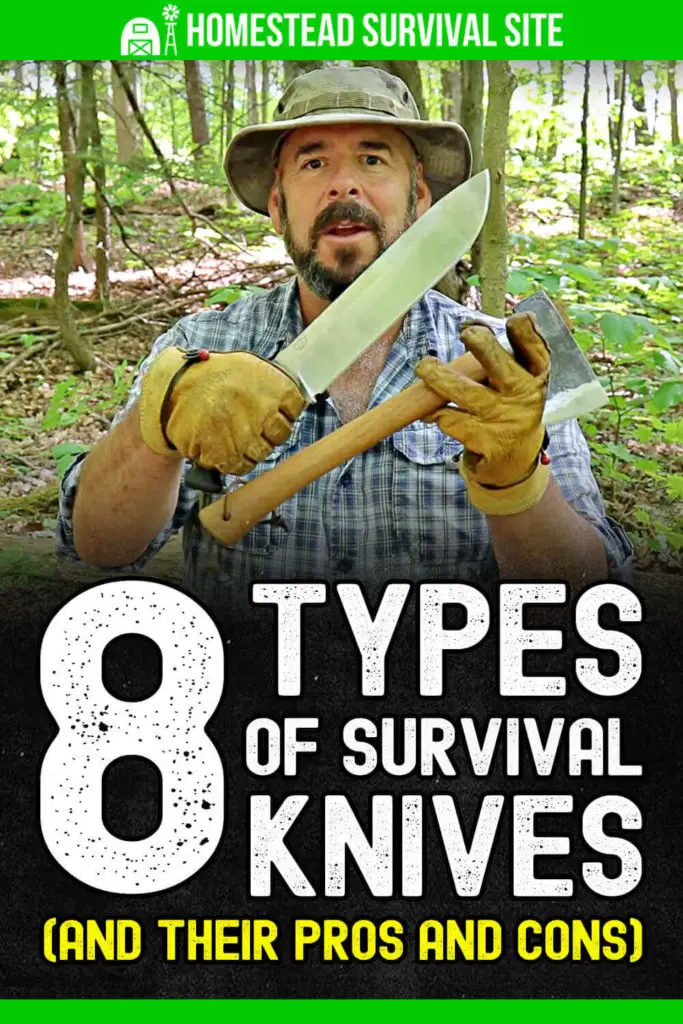
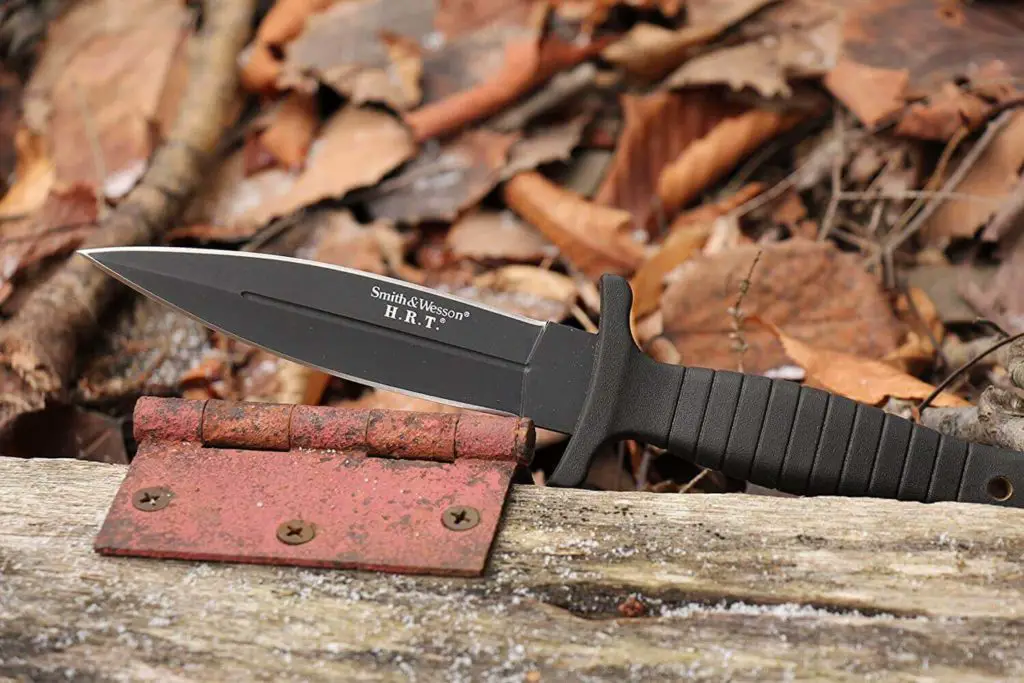
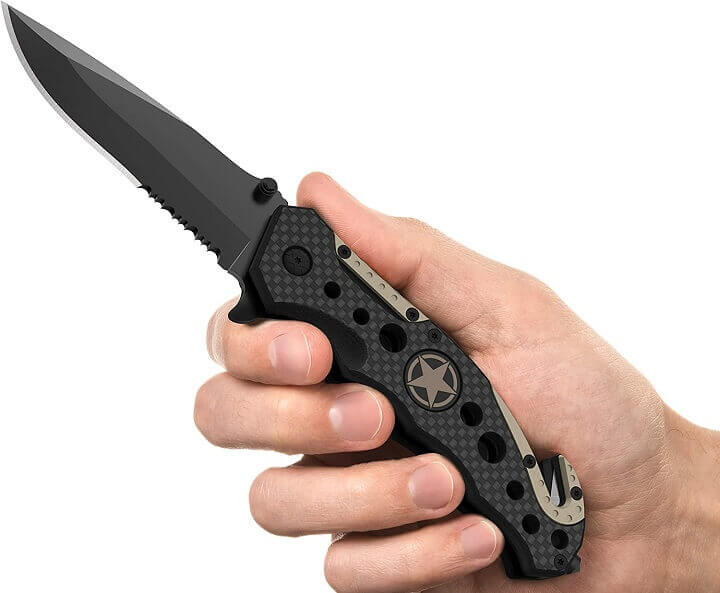

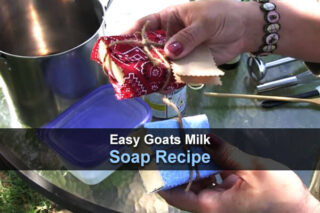
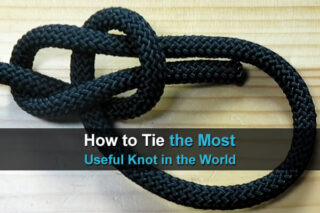



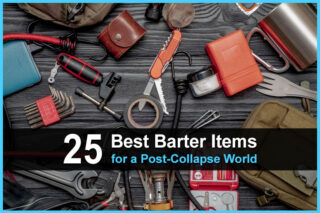


As a boy my knife of choice was a boy Scout knife , you would be amazed at what one can do with it , and yes I spent a lot of time in the woods